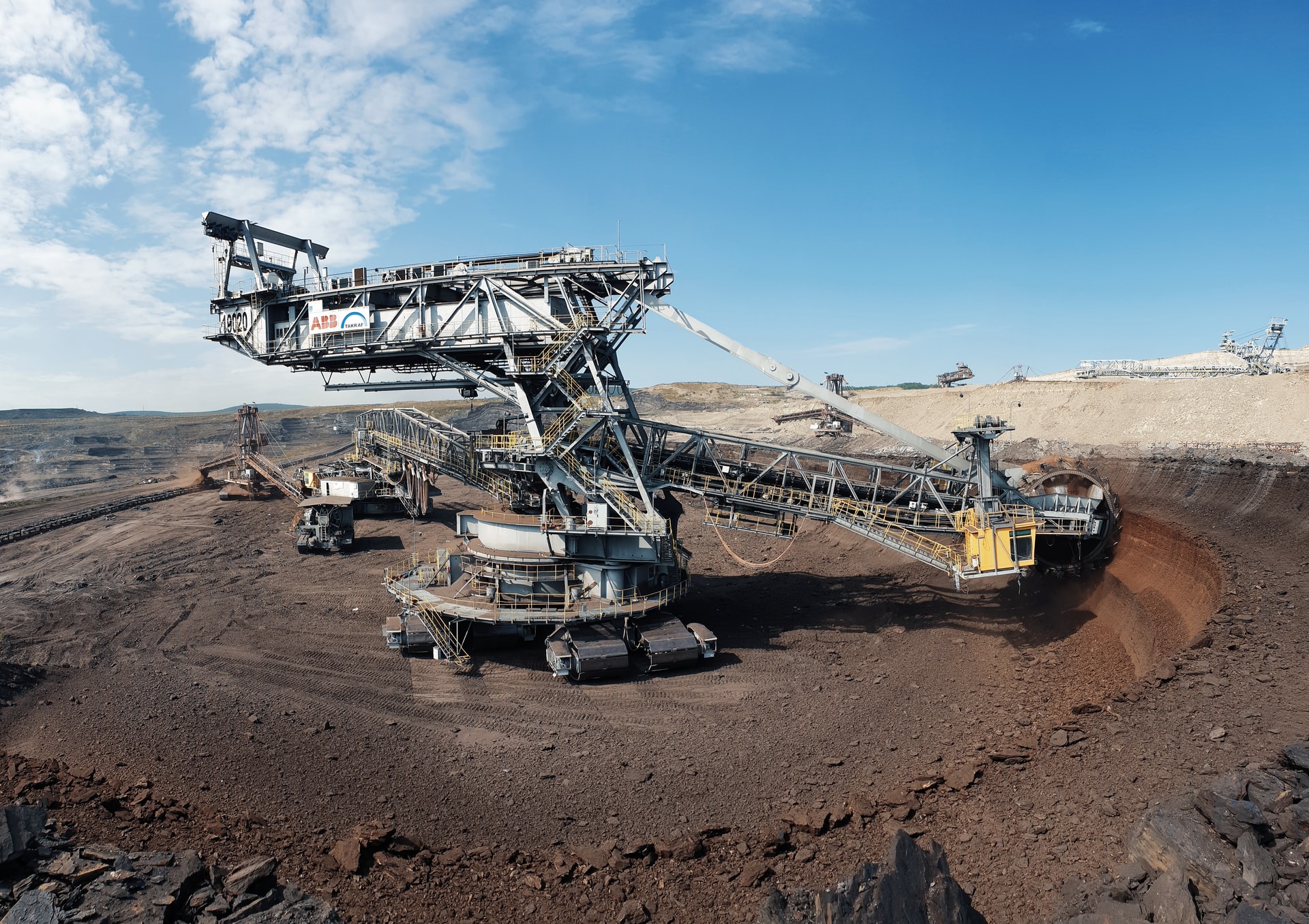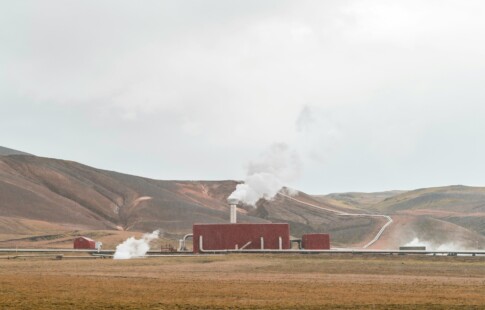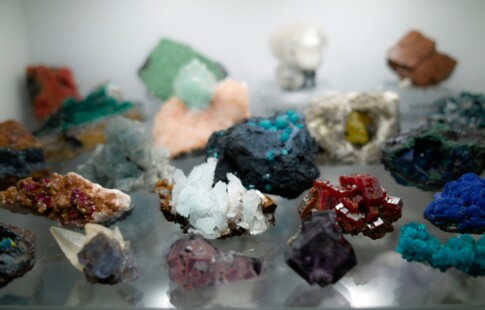
Mountaintop Removal Mining and Health in the Appalachians
We are reader-supported. When you buy through links on our site, we may earn affiliate commission.
Since people began mining coal in North America in the early 1700s, mining practices have changed significantly. As easily accessed coal has dried up, miners have invented new procedures for reaching coal seams hidden deep underground. One of the newest types of coal mining is called mountaintop removal mining, or MTR.
Mountaintop removal mining allows industry professionals to access thin coal seams buried in steep terrain. This type of mining primarily occurs in the Appalachian mountains, affecting areas of Kentucky, Tennessee, Virginia and West Virginia. While MTR may benefit the industry, it has a devastating effect on the surrounding environment.
How Does Mountaintop Removal Mining Work?
MTR is a type of strip mining. To access coal seams, industry professionals first clear a selected mountaintop of all trees. During this process, wildlife flees the area to escape the destruction. Once the area has been stripped, the coal industry uses explosives to blast open the mountain top.
To save costs on workers, coal companies use a giant machine called a dragline to move debris and collect exposed coal. Stripped trees and debris are often moved into surrounding valleys, leveling the landscape and burying natural waterways under sediment.
Before the coal can be sent to power plants, it’s processed on top of the mountain. This creates a toxic byproduct known as coal sludge that must be stored securely to protect the surrounding environment. Once mining is complete, the land is left to restore itself with little outside support.
Explosives often dig 500-1000 feet into the mountain, turning the area into a gravel bed. On rare occasions, the leveled land is used for development. Companies sometimes reseed the area with grasses, since the mining process displaces all-natural flora and fauna.
Environmental Impacts of MTR
Coal miners who engage in MTR believe it’s an important part of the industry. They say that it improves the economy, provides underprivileged communities with work and makes good use of natural resources. However, hard data on the impact of MTR suggests this type of mining is devastating for local communities.
Tests conducted by third-party researchers show that MTR directly impacts water and air quality in the surrounding area. This pollution is linked to an increase in human disease, including lung cancer, kidney disease and birth defects. According to scientist Michael Hendryx, roughly 1,200 people die each year as a direct result of MTR.
Researchers believe that the ultra-fine particles created by MTR are responsible for most of these health effects. Heavy metals that run off coal sludge also change the mineral composition of nearby streams. Poisoned water affects the fish population and every other living creature in the surrounding ecosystem.
Communities that live near MTR projects are perpetually covered in dust. Their water often becomes unsafe and instances of cancer have increased. Despite clear studies that have controlled for obesity, smoking and poverty, the mining industry continues to claim that poor health in Appalachia is caused by lifestyle choices rather than MTR practices.
Is MTR Still Happening?
Unfortunately, mountaintop removal mining is still happening throughout Appalachia. A law change in 2002 under the Bush administration inadvertently opened the door for stream pollution as part of the MTR process. Although federal law requires MTR companies to make reclamation efforts after mining, it takes hundreds of years for these areas to recover.
To date, the mining industry has used MTR to mine over 500 mountains across the Appalachian area. This process has also buried over 2,000 freshwater streams, impacting millions of species in an area that scientists believe is one of the most biodiverse in the world.
In addition to impacting the health of flora and fauna, mountaintop removal mining forever changes the landscape. Increased flooding in Appalachia following MTR practices has devastated local communities and cost states millions of dollars in damage.
According to data from the Energy Information Agency, MTR supports only 3% of America’s electricity needs. One has to ask whether the huge environmental toll and human health crisis resulting from MTR are worth meeting 3% of America’s energy needs.
Weighing the Cost of MTR
Rather than support the economy, MTR reduces local populations through illness and birth defects. The areas where mountaintop removal mining occurs continue in poverty regardless of mining jobs. In fact, this industry seems to perpetuate poverty by devastating the natural environment and harming local communities.
There are two sides to every story and many well-meaning individuals who work in the coal industry. However, as the data against MTR grows, industry professionals continue to repeat old defenses that no longer hold water. MTR might be of temporary financial benefit, but there are other costs to consider.
Share on
Like what you read? Join other Environment.co readers!
Get the latest updates on our planet by subscribing to the Environment.co newsletter!
About the author

Jane Marsh
Starting from an early age, Jane Marsh loved all animals and became a budding environmentalist. Now, Jane works as the Editor-in-Chief of Environment.co where she covers topics related to climate policy, renewable energy, the food industry, and more.





